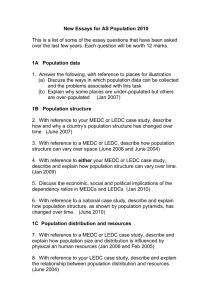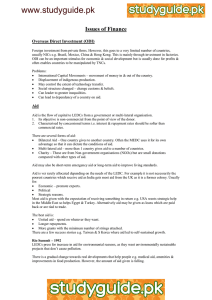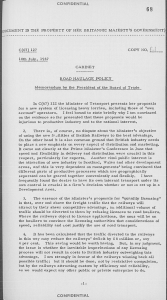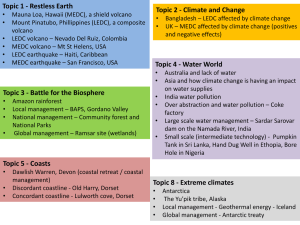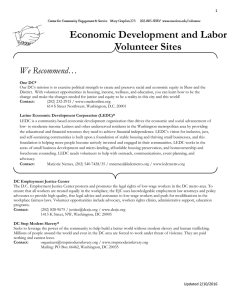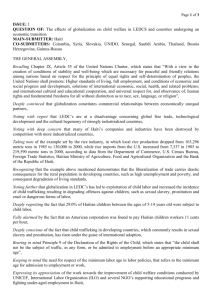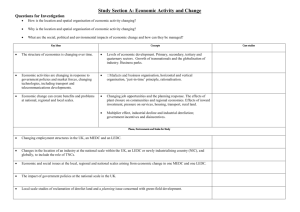Sustainable development in urban areas
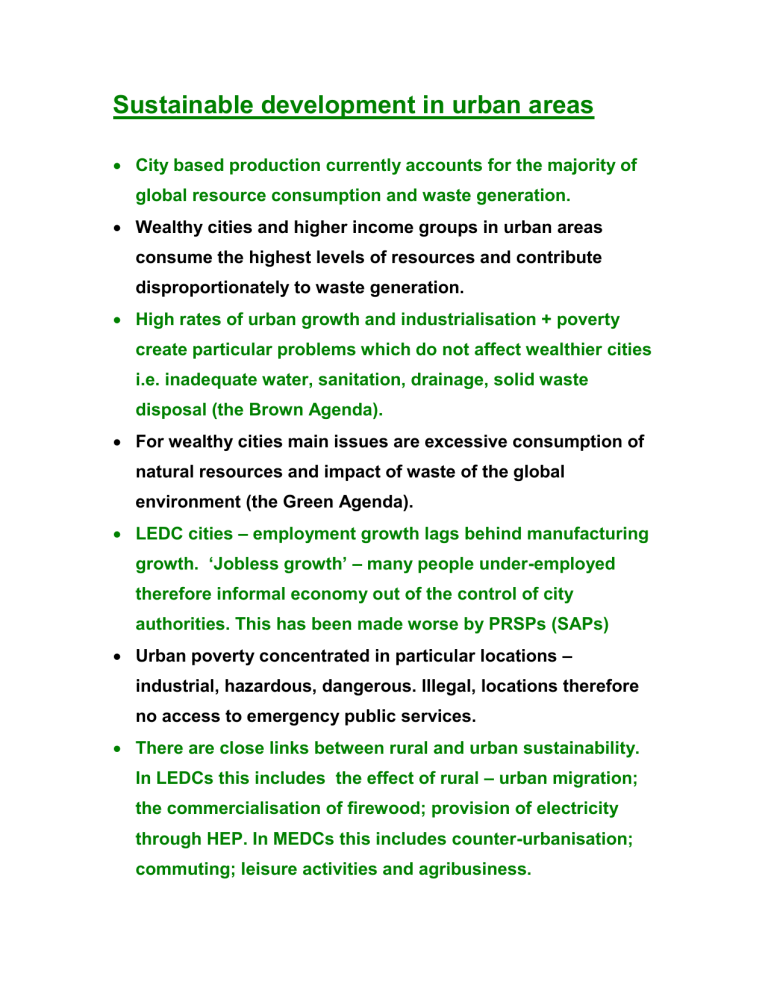
Sustainable development in urban areas
City based production currently accounts for the majority of global resource consumption and waste generation.
Wealthy cities and higher income groups in urban areas consume the highest levels of resources and contribute disproportionately to waste generation.
High rates of urban growth and industrialisation + poverty create particular problems which do not affect wealthier cities i.e. inadequate water, sanitation, drainage, solid waste disposal (the Brown Agenda).
For wealthy cities main issues are excessive consumption of natural resources and impact of waste of the global environment (the Green Agenda).
LEDC cities – employment growth lags behind manufacturing growth. ‘Jobless growth’ – many people under-employed therefore informal economy out of the control of city authorities. This has been made worse by PRSPs (SAPs)
Urban poverty concentrated in particular locations – industrial, hazardous, dangerous. Illegal, locations therefore no access to emergency public services.
There are close links between rural and urban sustainability.
In LEDCs this includes the effect of rural – urban migration; the commercialisation of firewood; provision of electricity through HEP. In MEDCs this includes counter-urbanisation; commuting; leisure activities and agribusiness.
Role of city authorities:
City authorities are responsible for many functions which are critical to improving urban environments. Often they are seriously hindered by lack of finance from central governments. LEDC cities also lack trained personnel able to work with other organisations at a local level.
There are also many issues such as reduction of greenhouse gas emissions, where city authorities cannot be expected to take a lead.
One problem for LEDC cities is that often authoritarian national governments gain prestige through large expensive infrastructure projects in urban areas, which then require substantial (non-existent) financial resources to maintain. Big projects may receive multi-lateral or bi-lateral aid but few aid agencies have given much attention to which types of urban development are likely to have the biggest impact on the poor.
A critical condition for sustainable urban development is now recognised as establishing new partnerships between city government and local population, tapping into their knowledge and capacities. The failure to develop representative administrative and political systems at the local level is considered to be a
primary cause of much environmental degradation to date. Good governance brings major economic and social gains as well as less environmental degradation
(UNCHS 1996). e.g
HOUSING
ROLE OF WOMEN
